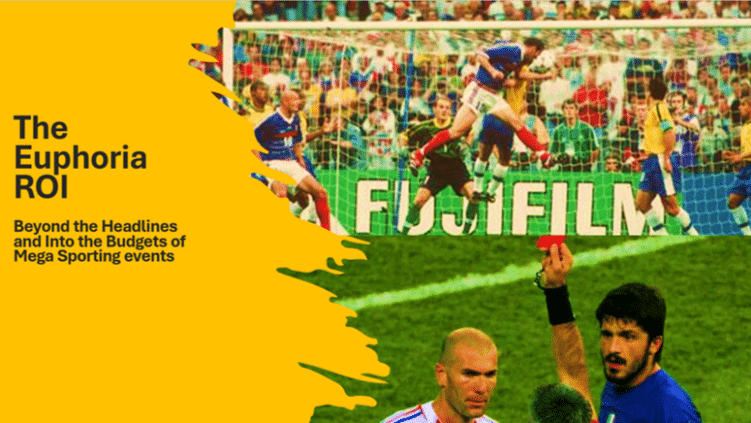The global digital health sector has seen major increases in market value over the last few years. Mounir Atassi, from OnPoint Advisory, explores the recent developments in digital health, looking at various areas of value, opportunities, and challenges.
Over the last decades, global healthcare spending has increased rapidly at an annualised rate of almost 6%. Although the digital health sector has seen considerable expansion, the health industry is relatively under-digitalised. Momentum from the COVID-19 pandemic can provide enormous opportunities for efficiency gains and cost reductions in the industry. Yet, challenges such as inadequate infrastructures, privacy concerns, and security risks create significant obstacles for health digitalisation. Governments and the private sector both have a leading role to play when it comes to the development of digital health. Investments in digital care delivery, financial and operational optimisation, R&D, and secure data infrastructures are especially crucial.
“As healthcare costs increase to less sustainable levels, digital can ‘bend the cost curve’, making healthcare affordable to more.” Klaus Mitterer, CFO, OVIVA, award-winning digital healthcare provider
What is Digital Health?
Digital health can broadly be defined as the use of information and communications technologies (ICT) to improve healthcare. According to the WHO, digital health is the broad umbrella that includes eHealth in addition to other advanced technologies that strengthen the health system, improve access to health services, and promote universal health coverage. The WHO defines eHealth as “the cost-effective and secure use of ICT in support of health and health-related fields, including health-care services, health surveillance, health literature, and health education, knowledge and research.”
Digital health encompasses technologies such as telehealth, wireless health, mobile health (mHealth), electronic medical and health records (EMRs/EHRs), digital health systems and informatics, in addition to the use of advanced technologies such as artificial intelligence (AI) and genomics to improve healthcare.

Although different digital health segments compose distinct industries, their definitions and functions overlap. As industries expand to serve consumers better, functional overlaps will become evident. For example, the U.S. pharmacy CVS has been offering telehealth services through its MinuteClinic virtual visits since 2006. In 2018, the company expanded to merge its telehealth with mHealth services, offering virtual visits through its mobile app. Those services have proven especially useful during the COVID-19 pandemic. The company reported an increase of 600% in its virtual visits in May 2020 compared to a year earlier. Moreover, one of the largest U.S. telemedicine companies, Teladoc, has recently acquired Livongo last year, a firm that helps patients control their diabetes through its mHealth apps and smart devices. It is of no surprise then that the scopes of digital health industries are often defined differently or that many of the digital health terms are used interchangeably.




